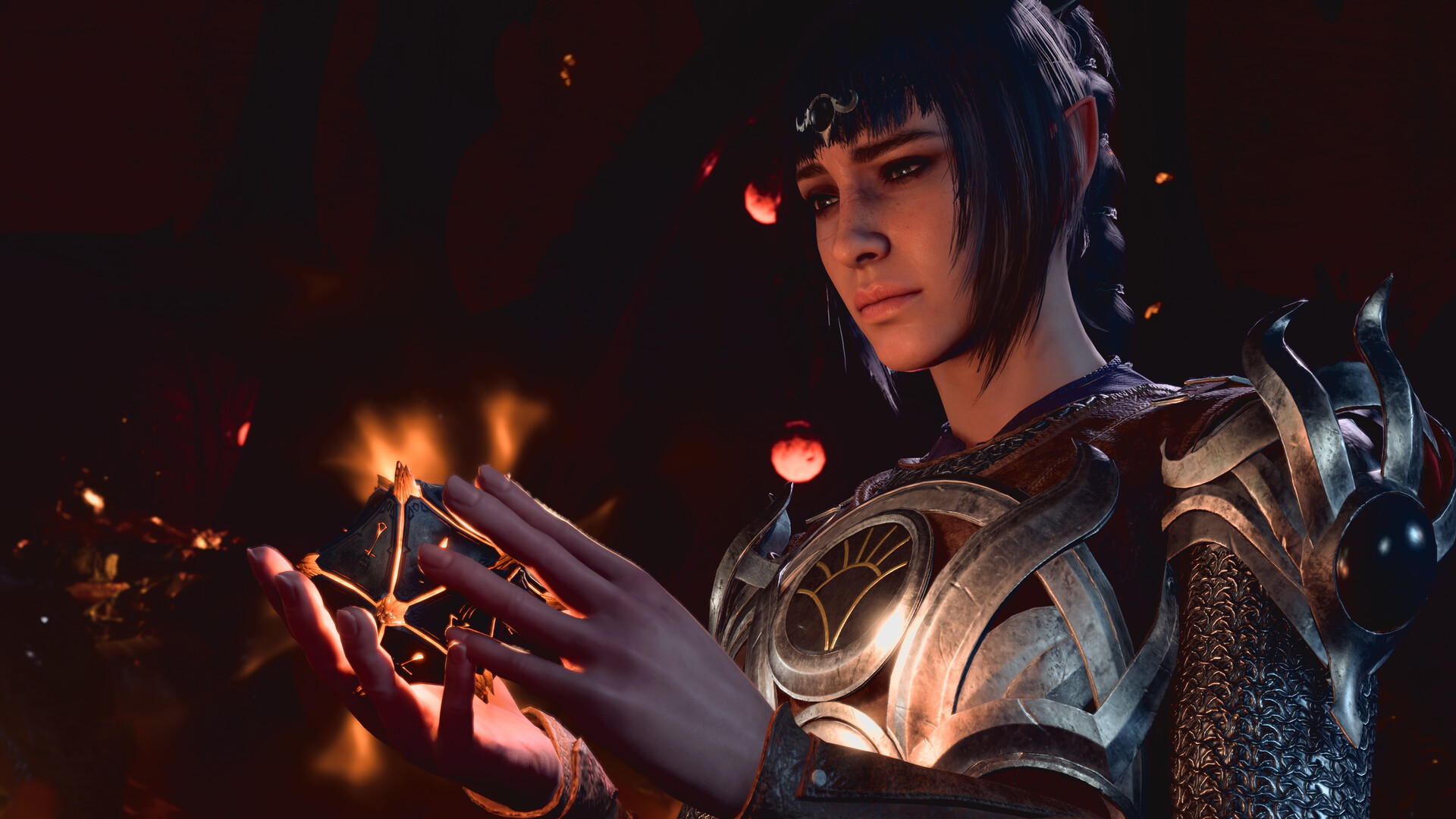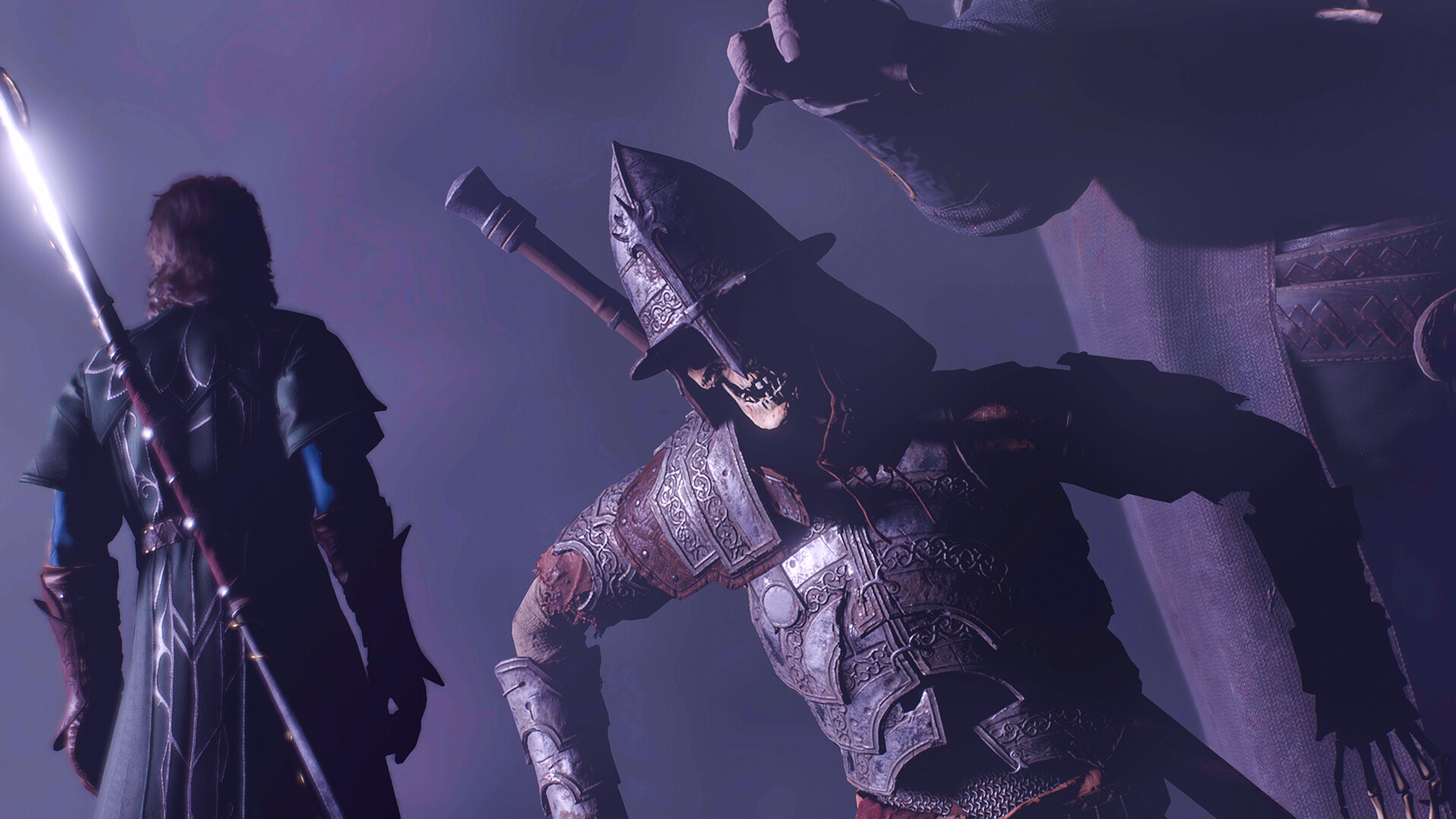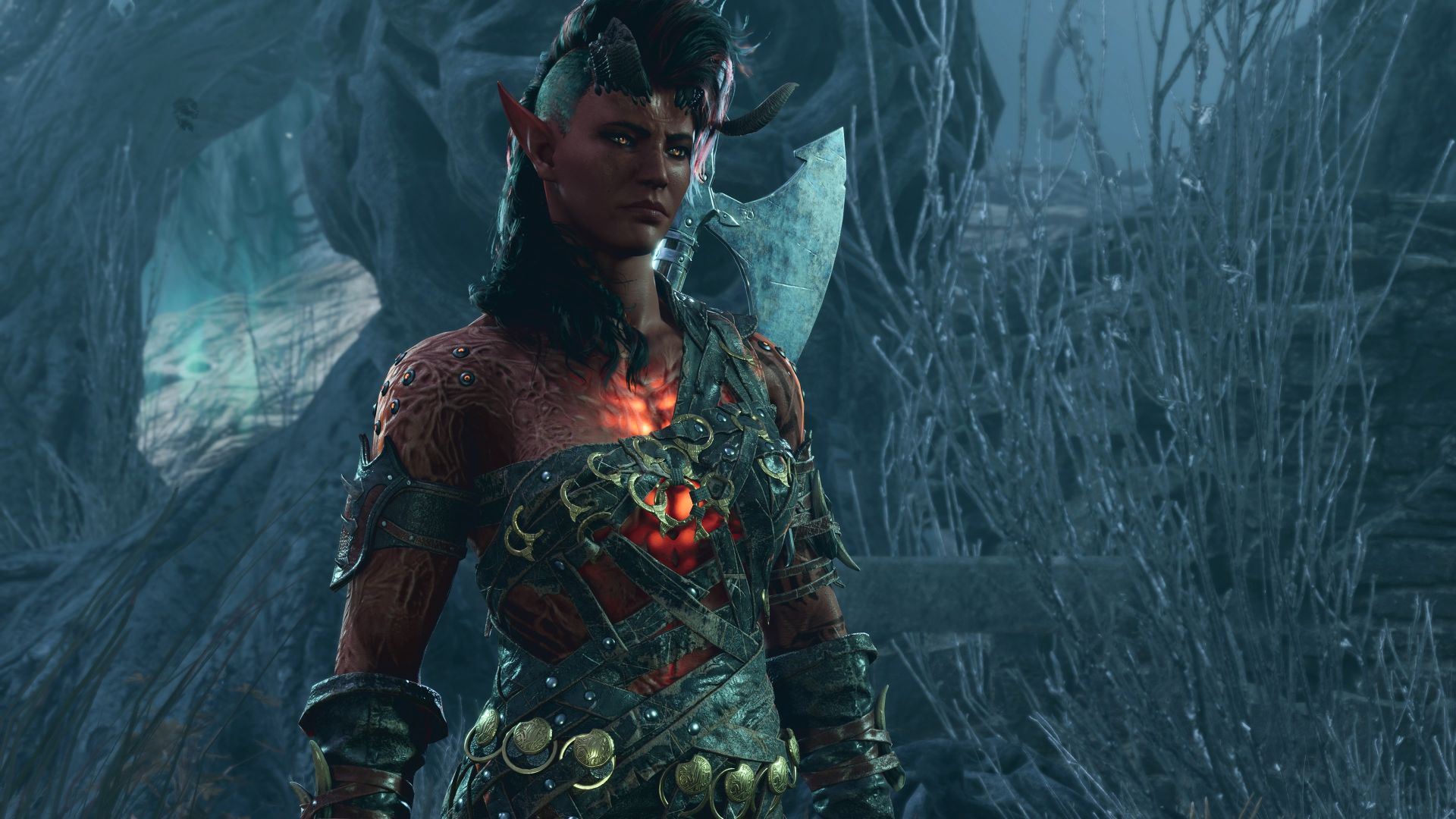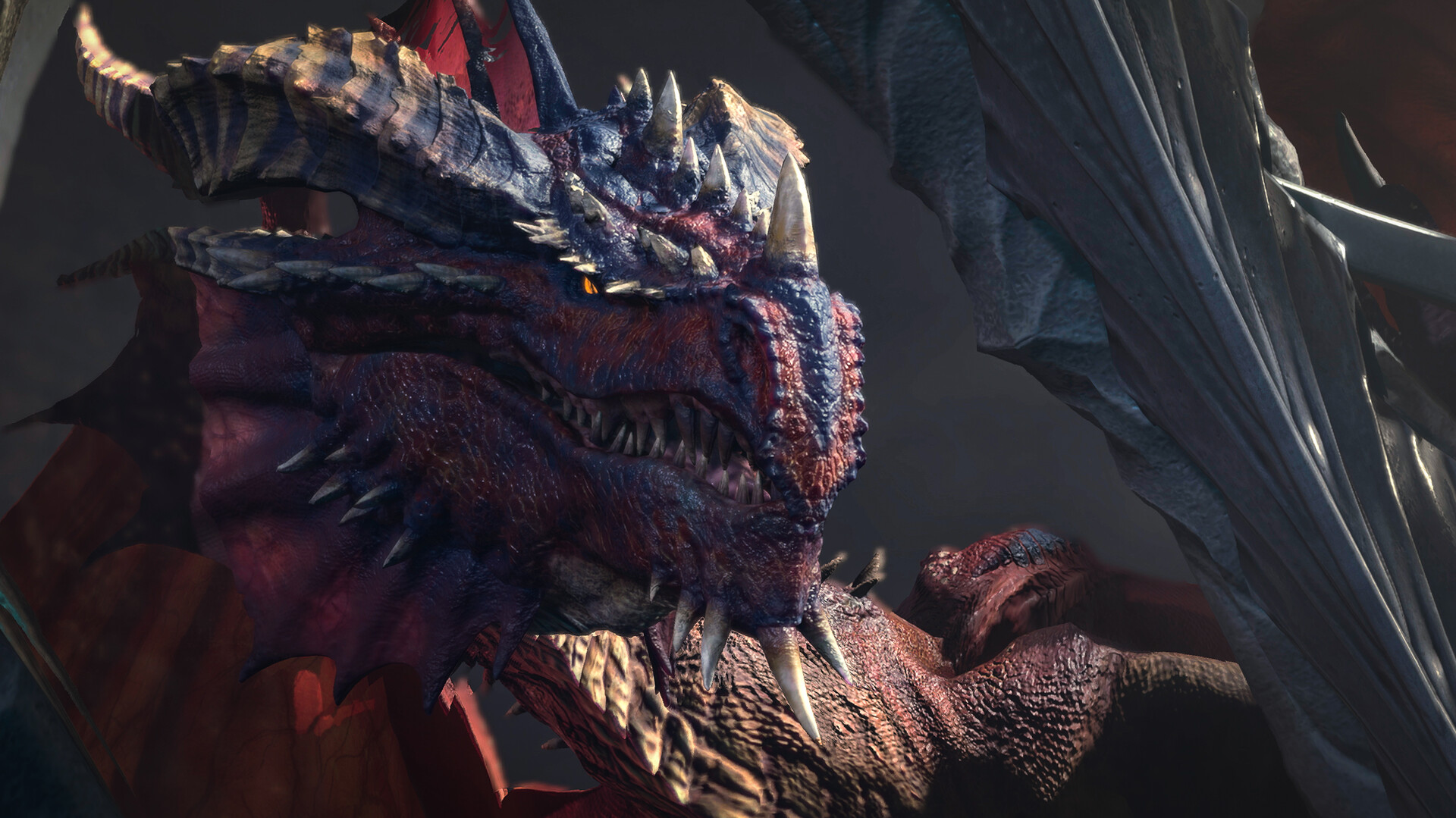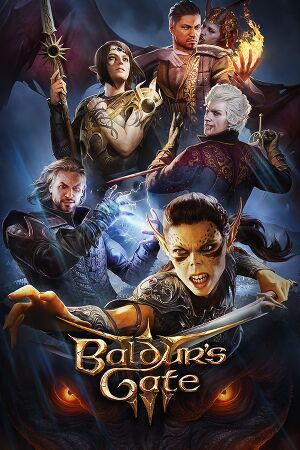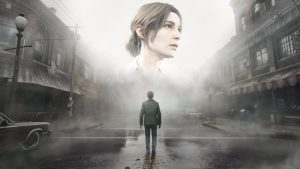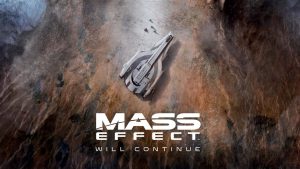
Back when Divinity: Original Sin 2 was first released, it was clear that Larian Studios’ RPG was special. The combination of fantastic characters, compelling turn-based combat, strong storytelling and dialogue, and quest design made for one of the best, if not the best, role-playing games at the time. We’ve seen several incredible CRPGs since, which have done incredible things, but nothing captured that same magic for me. Until now, that is.
After nearly three years in early access and six years in development, Baldur’s Gate 3 is finally available on PC. This adaptation of fifth edition Dungeons and Dragons is bigger than anything the developer has done before. While the hype was immense, I saw what the team could deliver. With the full release, Larian has vastly exceeded my expectations.
"It’s a role-playing game in the truest sense of the word, with a breathtaking world to explore full of memorable characters and incredible secrets…"
Baldur’s Gate 3 is not just one of the best role-playing games of all time or an incredible rendition of the Dungeons and Dragons fantasy. It’s a game that will stand out for the next several years with its depth and complexity, not to mention the soul and creativity infused in every aspect of the experience. It’s a role-playing game in the truest sense of the word, with a breathtaking world to explore full of memorable characters and incredible secrets, where you can live out your fantasies, regardless of the dark paths they take you.
Suffice it to say that you don’t just dive in and play spectator to the story (as fun as that can be in its own right). You are a character and not necessarily a chosen one. Decisions and where they lead you drive the story, and it reacts accordingly, sometimes soon-ish and other times at some far-flung point that you would never see coming. Whether you play Shadowheart, The Dark Urge, or any other Origin character, these are your stories, backed by stellar production values (despite the bugs and performance dips).
Taking place over a hundred years after the second game, you get abducted by a Mind Flayer and held captive on its Nautiloid, receiving an Illithid parasite to instill Ceremorphosis. That’s very bad since it turns you into Mind Flayer, but after being attacked by Githyanki Dragon Riders, it eventually crashes in Faerun. After the first encounter with one of the captives, Lae’zel, you’re given full agency to do just about anything.
Want to pry an Intellect Devourer from a victim’s skull and use it as a pet? Rescue Shadowheart or leave her to die? Heal the various Thrall lying about and watch them jump off the Nautiloid in a bout of frenzy? You can do all these things, and that’s not even the tip of the iceberg.
"To say that these characters are incredibly realized would be an understatement. They’re multi-layered and nuanced but also converse and react naturally."
Once on land, you begin a journey to remove the tadpole from your brain, quickly accruing companions with the same affliction. There’s Astarion, a flamboyant magistrate from Baldur’s Gate who also happens to be a vampire; Gale, a charming wizard harboring a secret with potentially catastrophic consequences; Wyll, the Blade of the Frontiers and a venerable legend who has a dark pact to fulfil; and many more.
To say that these characters are incredibly realized would be an understatement. They’re multi-layered and nuanced but also converse and react naturally. Shadowheart isn’t quick to trust people, much less open up, but gain her approval, and you’ll notice her making jibes belying a more relaxed nature. Gale comes across as confident, but desperation slowly takes over as you learn more about his need for magical artifacts. Karlach, hyped as this killing machine who thirsts for blood, is tough and confident but has a goofy side that emerges as you help with her Infernal Engine.
The dialogue in these conversations is impeccable and flows well. The interactions between party members are also fun, whether it’s Lae’zel and Gale discussing battle stances or Karlach boasting about the city to Shadowheart. Of course, if you don’t want to recruit someone, or kill them (which The Dark Urge provides several opportunities for), you can do that as well.
The crazy thing is how even random NPCs deliver memorable dialogue and interactions, like the Tiefling children with their underground hideout (and small-time thieving business), or Scratch, a dog waiting patiently for his master to wake up.
"Whether you focus on the story or explore every nook and hidden corner of the game’s three Acts, Baldur’s Gate 3 is massive."
The voice acting is impeccable, but special mention must be made of Amelia Tyler, the Narrator. She ties it all together, conveying the protagonist’s thoughts and filling the intervals of interactions with insight without feeling conspicuous. It’s also a testament to the sheer quality of the story that even as you run around, looting containers left and right and exploring caves or ruins, the pace feels right. Events happen at a rapid clip, and regardless of how insignificant an interaction may seem, there’s that feeling of your choices creating an impact down the line.
Whether you focus on the story or explore every nook and hidden corner of the game’s three Acts, Baldur’s Gate 3 is massive. Each companion has their own questline and background goals to fulfil, and your Journal will quickly fill with different side quests. There’s something new and exciting around almost every corner, like a site of massacre where you face off against some Gnolls or a barn with some secret weaponsmith plans. Even simple encounters, like two individuals who lost their ally to an Owlbear, become adventures with several consequences.
Even more intriguing is the direction you can take in some encounters. Maybe you’ll send the previous two individuals to fight said Owlbear and die, or you’ll talk to it beforehand and retreat without fighting. Perhaps you’ll slay it and adopt the Owlbear Cub as your new pet.
In the Blighted Village, you could sneak around the Goblins or use the Illithid tadpole to manipulate one and have them consider you as friendly. It allows bypassing a major battle, but you can also use it to set up an attack when their guards are down. Choices like these and many more go a long way to making the game and its world feel alive. They also offer unique solutions that may be better than indulging in combat.
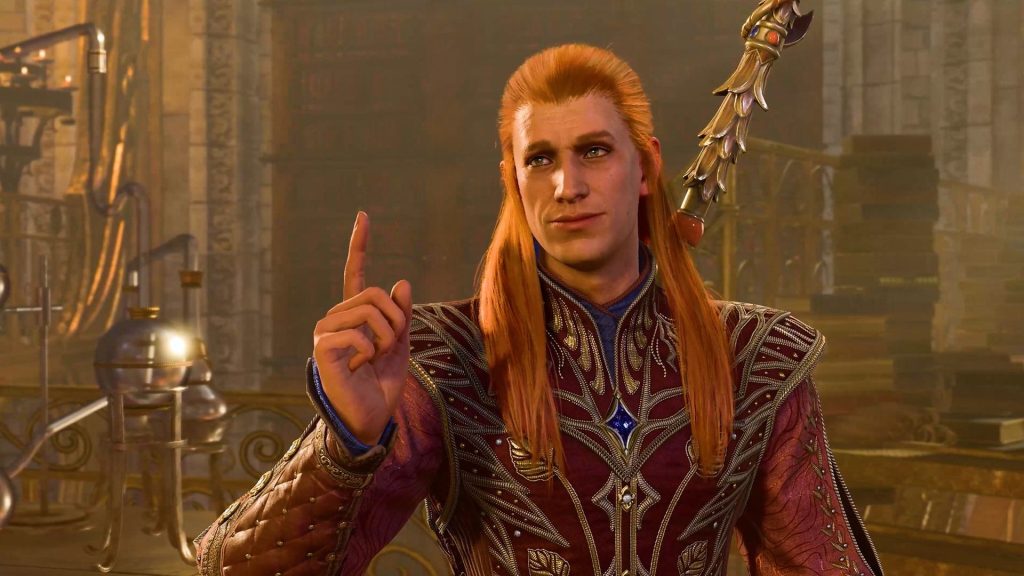
"Combat will eventually occur, though, and while it looks similar to Divinity: Original Sin with its accuracy indicators, movement and turn-based nature, Baldur’s Gate 3 is a different beast."
Of course, everything is down to the roll of the die. Proficiencies, gear and skills (especially with other party members providing bonuses) can help turn the odds in your favor. However, your race, sub-race and background can also play a role, such as intimidating someone as a Lolth-Sworn Drow to obtain more information on the Githyanki creche in the area or convincing Kagha to release a young thief due to your affinity with nature. The best part is that even if you fail in places, the story still plays out with interesting results.
Combat will eventually occur, though, and while it looks similar to Divinity: Original Sin with its accuracy indicators, movement and turn-based nature, Baldur’s Gate 3 is a different beast. The die determines several things, whether it’s your Attack Roll and whether it will land on a target; the Damage Roll, which determines the amount of damage; or the Saving Throw for mitigating or outright avoiding damage.
You also have some incredibly spicy options like jumping for repositioning or shoving enemies, which is incredibly useful if you have the high ground. You can throw things like weapons and even people, create new opportunities, and gain Advantages (and Disadvantages) based on the situation.
Like the story, combat is where the sheer depth of your build shines. I played as a Ranger specializing in ranged combat and could dual-wield swords for flourishes to knock enemies off-balance. Eventually, I unlocked the Gloomstalker, which opened up new avenues for stealth and bonus actions, like applying Hunter’s Mark or ranged and melee attacks for free. Though Companions start simple enough, their kits provide extensive depth when mixed with everything else.
"Honestly, it’s a lot. With hundreds of available Spells and actions throughout the game, it can be overwhelming, but in a good way."
Lae’zel is a strong warrior capable of Extra Action and attacks like Lacerate. However, she could also become an Eldritch Knight, adding Magic Missile and Chromatic Orb to her repertoire. As a Githyanki, she can also use Psionic Jump Action, allowing for greater distances on jumping (which can also be used on other characters).
Karlach could become a Berserker and dual-wield axes or a Wildheart, whose Bestial Heart provided different bonuses to nearby party members depending on the animal chosen. This is in addition to Rage, which deals more damage and grants physical damage resistance, and Reckless Attack, which provides an Advantage on Attack Rolls at the cost of enemies also having an Advantage against you.
Honestly, it’s a lot. With hundreds of available Spells and actions throughout the game, it can be overwhelming, but in a good way. It’s great having so many options to personalize and strengthen your character. I haven’t had much opportunity to get into all the gear or Feats, but each provides additional bonuses and abilities to further augment builds.
Again all of this, every bit, is just the start. There is so much depth to the experience to talk about, like the Illithid Powers that provide new ways to mess with people (and enemies), or the hidden things you can discover with decent enough Perception. Or the combat encounters themselves, with each feeling unique, inviting you to try out different strategies and even utilize the environment to your advantage. Or the appearance part of the character creation system with its staggering amount of options for each race.
"This brings us to the bugs, and honestly, for a massive experience like this with so many different systems, events and characters at play in a large world, the level of polish is pretty strong."
Regarding the presentation and visuals, the character models look distinct and backed by strong facial animations and motion. Environments are full of details with gorgeous lightning, foliage and textures throughout. Instead of an overhead camera during conversations, each is a proper cutscene with different camera angles, providing even more immersion and personality.
What’s most impressive is that despite being on the lower end of GPUs (GTX 1060 gang, rise up), Baldur’s Gate 3 offered solid performance throughout, even on High settings for everything. My experience has been pretty good so far, but there are reports of frame rate drops in the latter parts of the game, even for those with powerful hardware. It’s nothing too severe, and hopefully, these will be optimized in good time.
This brings us to the bugs, and honestly, for a massive experience like this with so many different systems, events and characters at play in a large world, the level of polish is pretty strong. It’s not flawless, though. I encountered a bug which hid Lae’zel’s action bar under varying circumstances, which was fixed by reloading a save.
Other bugs, like damage taken being delayed, or some slightly long pauses when waiting for the list of dialogue choices, also popped up. You’ll also notice a bit of jank at times in some cutscenes. There was also the infamous save data bug (which resulted in Larian disabling cross-saves while investigating a fix).
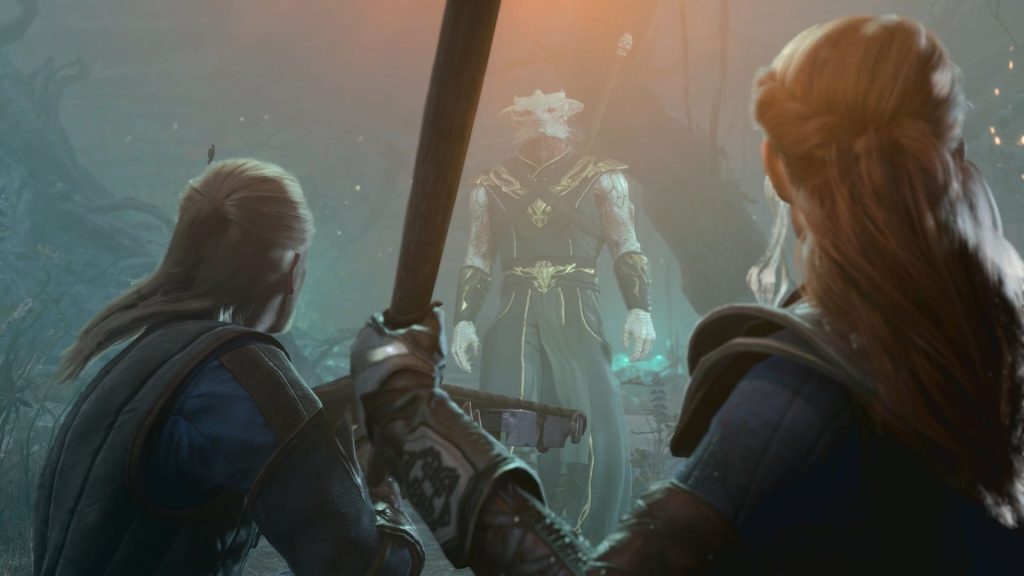
"Even with its imperfections, slight as they may be, Larian has once again raised the bar for role-playing games."
While there’s no doubt that the experience will be polished even further with time, I also hope that the inventory system will see some changes. You pick up lots of stuff in this game, and your inventory can quickly become messy. There are filters and categories to sort through it all, and you’re free to send things back to the storage chest in Camp, which is nice, but it can become cumbersome to manage at times.
Regarding the music, Divinity: Original Sin composer Borislav Slavov returns for yet another incredible soundtrack. Intrigued from the opening screen and invested when Down by the River played during character creation, every track has been an orchestral delight in keeping with the setting. There’s nothing I can say that would even begin to describe how great it all sounds, so if nothing else, listen to the game’s soundtrack and be amazed.
Baldur’s Gate 3 is a triumph for many reasons. Story-telling, combat, dialogue, choices, visuals, music, voice-acting, pacing, side quest design, complexity – everything feels spot-on, and the attention to detail is insane. That’s not accounting for the sheer replay value with all the classes, subclasses, spells, paths, decisions and much more. Even with its imperfections, slight as they may be, Larian has once again raised the bar for role-playing games.
This game was reviewed on PC.
Excellent presentation, from the cutscenes and visuals to the music and voice-acting. Well-written dialogues and a compelling story with excellent pacing. A great, fully-realized cast. Several fun quests, with memorable characters to meet and impactful decisions to make. Extensive customization and build variety, with numerous options for Spells and actions. Robust combat embodies the chaos of Dungeons and Dragons.
Some bugs and a bit of cutscene jank take away from the immersion. Frame drops occur later in the game.









